Located 13 km away from Ahmednagar at Mehkri, a three storey stone structure sprawled on the crest of a hill – Tomb of Salabat Khan II, erroneously known as Chandbibi Mahal or Chand Bibi Palace, is a beautiful tomb stretched into the distance as far the eye could see. Each level is encircled by verandahs and huge casements, thus allowing ventilation from all directions of the tomb. The basement carries the relics of the constructor and his wife buried in it, whereas three other graves of Salabat Khan’s wife; Chand Bibi and their sons reside outside the tomb. Salabat Khan II, was a loved and respected minister of Murtaza, the fourth Nizam Shah, who ascended the throne in the year 1565 and announced Salabat Khan as his minister in 1579, after killing his own minister in a fit of anger and suspicion.
The octagonal structure of the tomb is away from all intricacies and doesn’t boost of any architectural supremacy. It is believed that the planning was for to built seven stories, but only three were finally built. The tomb is about 939 m above sea level, is now used as military sanitarium. It offers splendid views of the lush green hills and the whole of the city, that makes the visit to this ruined and depleted place worthwhile.
Located 13 km away from Ahmednagar at Mehkri, a three storey stone structure sprawled on the crest of a hill – Tomb of Salabat Khan II, erroneously known as Chandbibi Mahal or Chand Bibi Palace, is a beautiful tomb stretched into the distance as far the eye could see. Each level is encircled by verandahs and huge casements, thus allowing ventilation from all directions of the tomb. The basement carries the relics of the constructor and his wife buried in it, whereas three other graves of Salabat Khan’s wife; Chand Bibi and their sons reside outside the tomb. Salabat Khan II, was a loved and respected minister of Murtaza, the fourth Nizam Shah, who ascended the throne in the year 1565 and announced Salabat Khan as his minister in 1579, after killing his own minister in a fit of anger and suspicion.
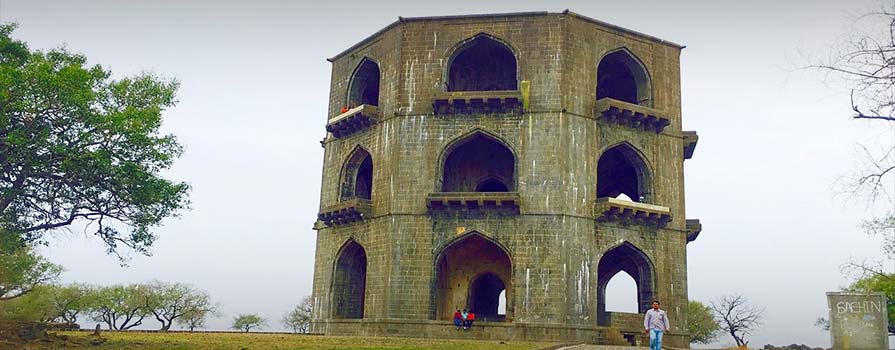
The octagonal structure of the tomb is away from all intricacies and doesn’t boost of any architectural supremacy. It is believed that the planning was for to built seven stories, but only three were finally built. The tomb is about 939 m above sea level, is now used as military sanitarium. It offers splendid views of the lush green hills and the whole of the city, that makes the visit to this ruined and depleted place worthwhile.
Lying at a distance of about 106 km from Pune, Ahmednagar is situated on the banks of River Sina. It holds immense historical importance as its heritage can be dated back to the 1490s. One of the major attractions here is the Ahmednagar Fort, which later served as a makeshift prison for leaders of the freedom struggle, including Jawaharlal Nehru. Other historical sites that one can visit here are Salabat Khan’s tomb, Kot Bagha Nizam and Bagh Rauza. Ahmednagar can also be a great spiritual stopover and one can pay obeisance at various temples like the Mohata Devi Temple, Siddheshwar Temple etc. Devotees majorly flock to the Shani Shinganapur village nearby, along with the pious village of Shirdi, which is considered to be the abode of Sai Baba.
Ahmednagar was established as a town by Ahmed Nizam Shah in 1494. Later, the district went to the Peshwas and the Marathas. Its last conquerors were the British, under the leadership of Lord Wellesley. It is said that Mughal emperor Aurangzeb spent the last of his years here.



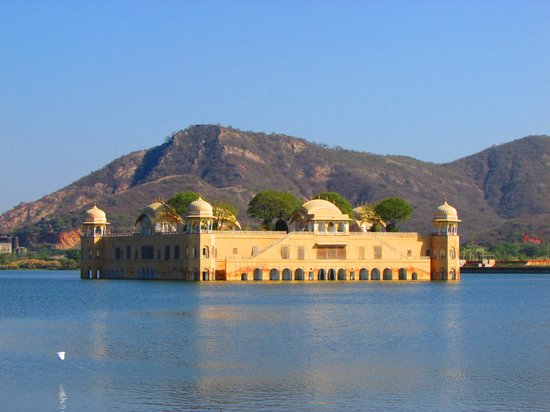
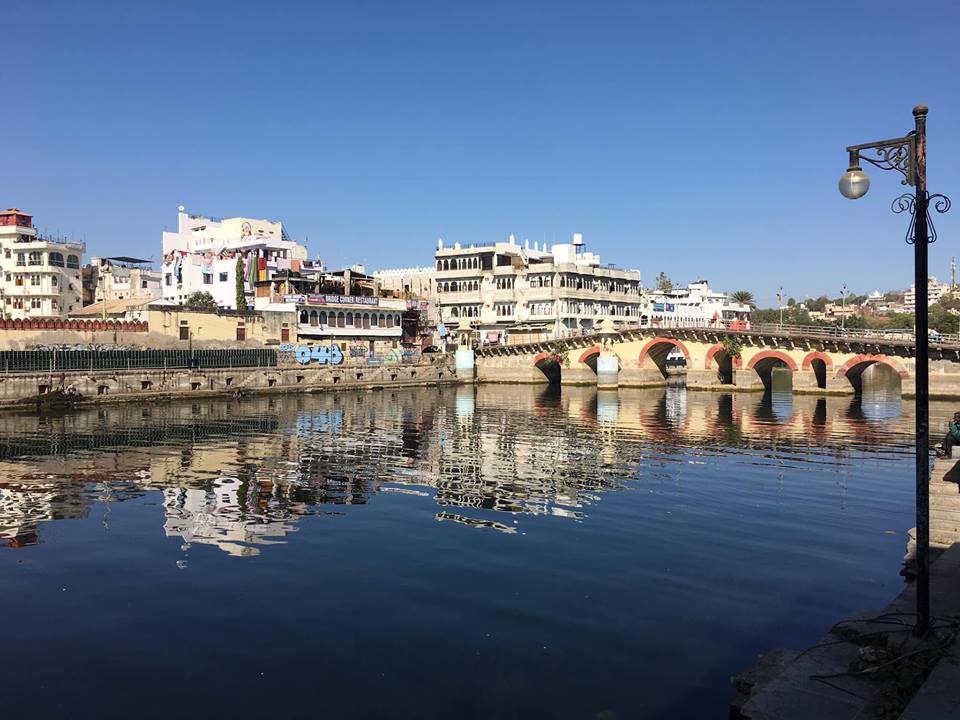
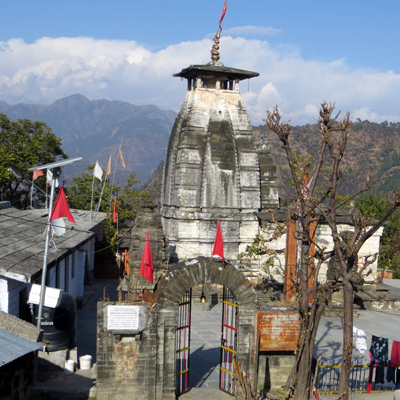

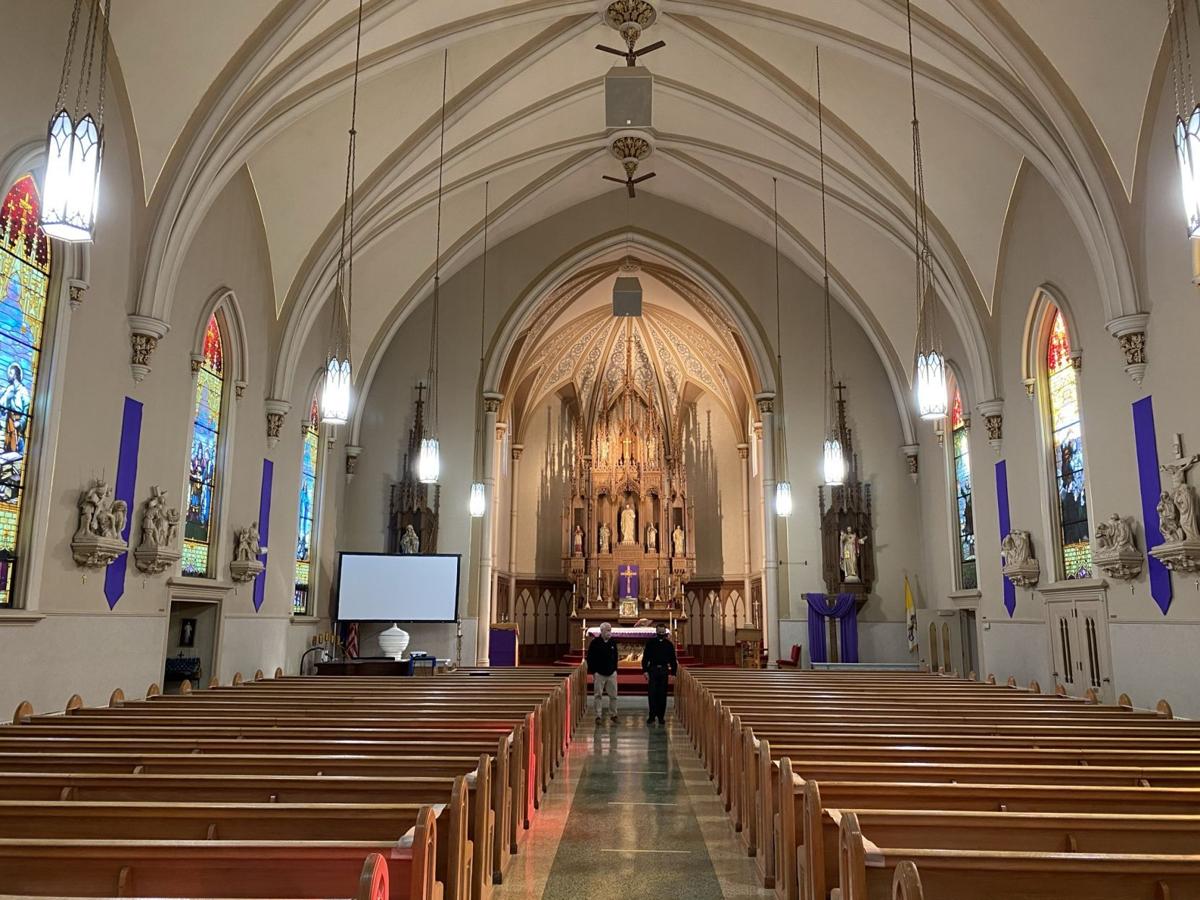

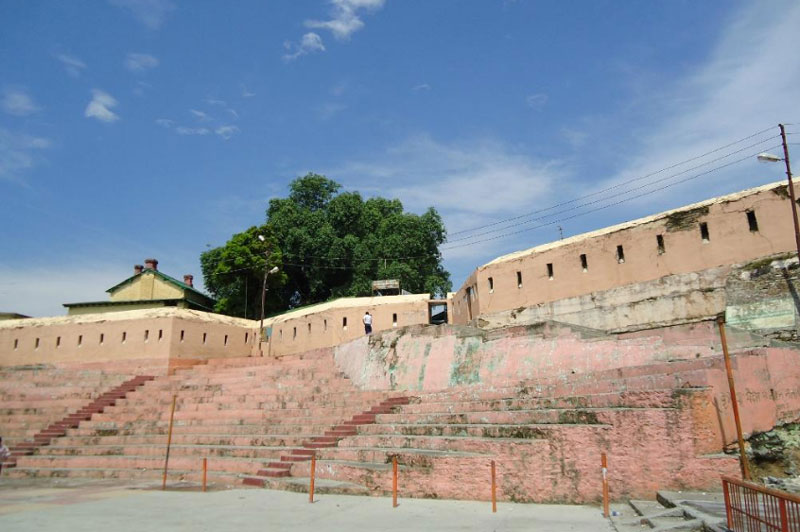



9 Comments
Comments are closed.